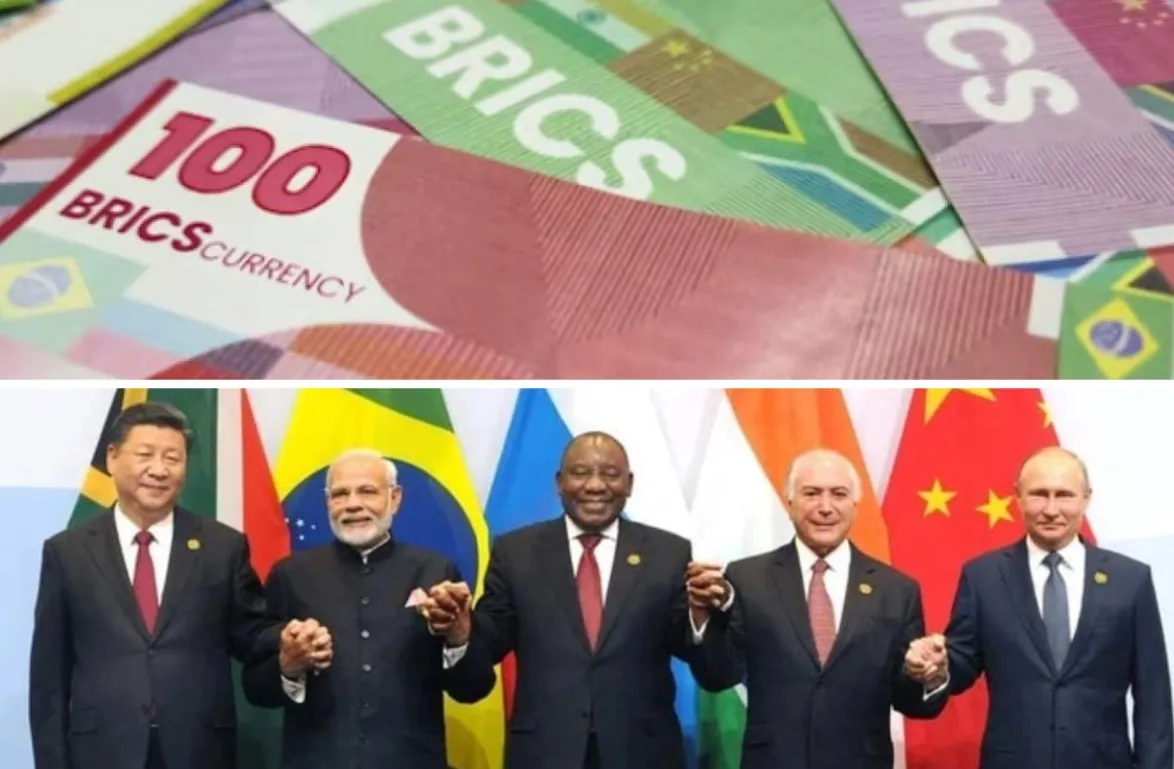
Is South Africa set to de-dollarise and embrace a unified BRICS currency?
Conversations about South Africa de-dollarising and adopting a unified BRICS currency have resurfaced. But how will it function?

Discussions about South Africa adopting a unified BRICS currency are not new, as they followed extensive media coverage during last year’s (2023) 15th BRICS Summit held in South Africa. Nevertheless, talk of the de-dollarisation of South Africa’s economy, because the United States is no longer the lone world economic superpower, is once again under the spotlight. However, the Free Market Foundation (FMF) warns that South Africa has little in common with its partners in the BRICS + bloc, therefore a unified currency makes no sense, reports Business Tech.
UNIFIED BRICS CURRENCY
The FMF’s mission statement is: “To promote and defend the principles of individual liberty, private property, free enterprise, and limited government in Southern Africa.” And the entity believes the unified BRICS currency is only being discussed because of Russia’s economic sanctions imposed by the US. Nevertheless, some are calling the unified BRICS currency the ‘Euro of the South,’ and see it as a major harbinger of the bloc’s global ambitions, reports Business Day.
The collective population of the BRICS + nations now exceeds three billion. It was economist Lord Jim O’Neill who first coined the phrase BRICS and identified the economic potential of the Southern Hemisphere bloc of nations. And let’s not forget that following last year’s summit, five more countries joined the wider BRICS + organisation. On 1 January 2024, in addition to the core group of Brazil, Russia, India, China and South Africa (BRICS), it welcomed: Egypt, Ethiopia, Iran, Saudi Arabia and the United Arab Emirates. Once again heightening interest in a unified BRICS currency, especially from nations with smaller economies.
HOW WILL IT WORK?
Nevertheless, the difficulty in establishing a unified BRICS currency across ten hugely different nations is lost on no one. There is little to no geographical proximity, and there is little economic commonality between them. Finance Minister Enoch Godongwana described the currency and common payment system question as ‘complex’. One of the ideas put forward is either a gold-backed or digital (crypto-type) trading currency. The latter is preferred by the Russians. However, the minister explained that central banks around the world still don’t know how to properly regulate digital currencies.
Moreover, setting up a common currency would mean establishing a central bank and losing independence on monetary policies. O’Neill once famously said the BRICS nations ‘never achieved anything since they first started meeting.’ Nevertheless, the pipe-dream of a unified BRICS currency is to disrupt the US dollar’s dominance over a global financial system setup to suppress emerging countries. “The dollar’s role is not ideal for the way the world has evolved. You’ve got all these economies who live on a never-ending, cyclical twist of whatever the US Federal Reserve decides to do. And whatever it does is only in the interests of the US,” explained O’Neill.
Ultimately, the FMF’s fear is that adoption of a unified BRICS currency would hurt South Africa on two fronts. Firstly, it would not benefit South Africa in any tangible way through the BRICS + network. And, secondly, it would lock the country out of dealing with profitable trade partners like the European Union, United Kingdom and US …
